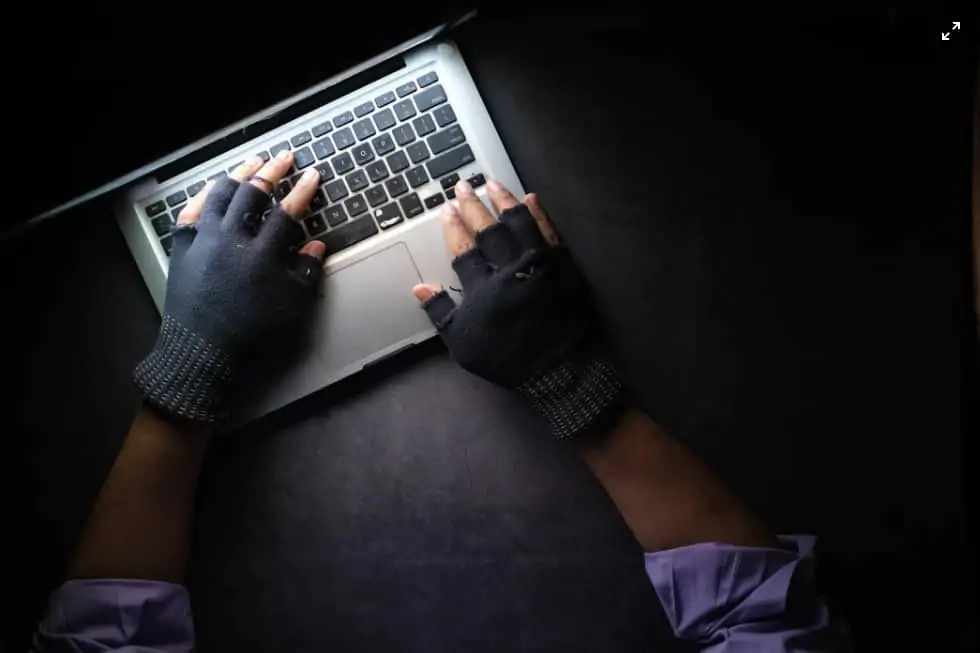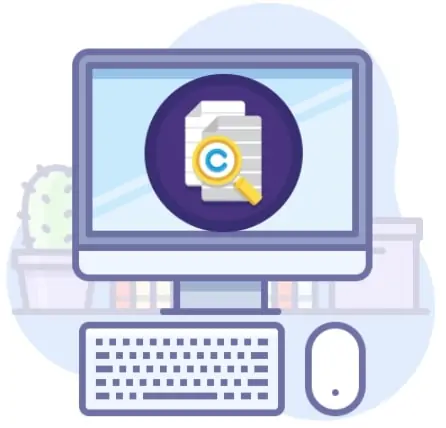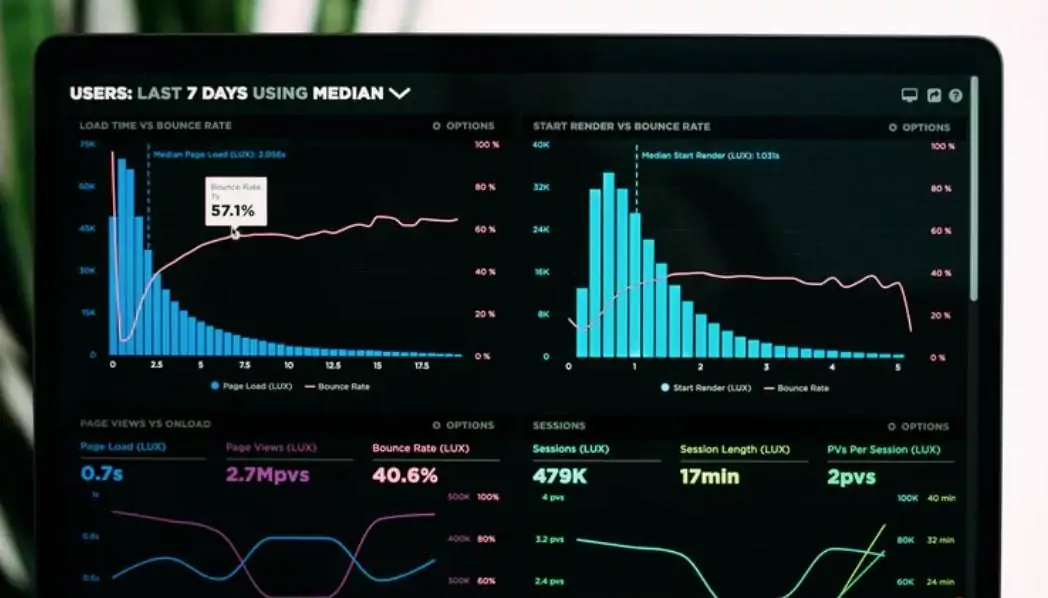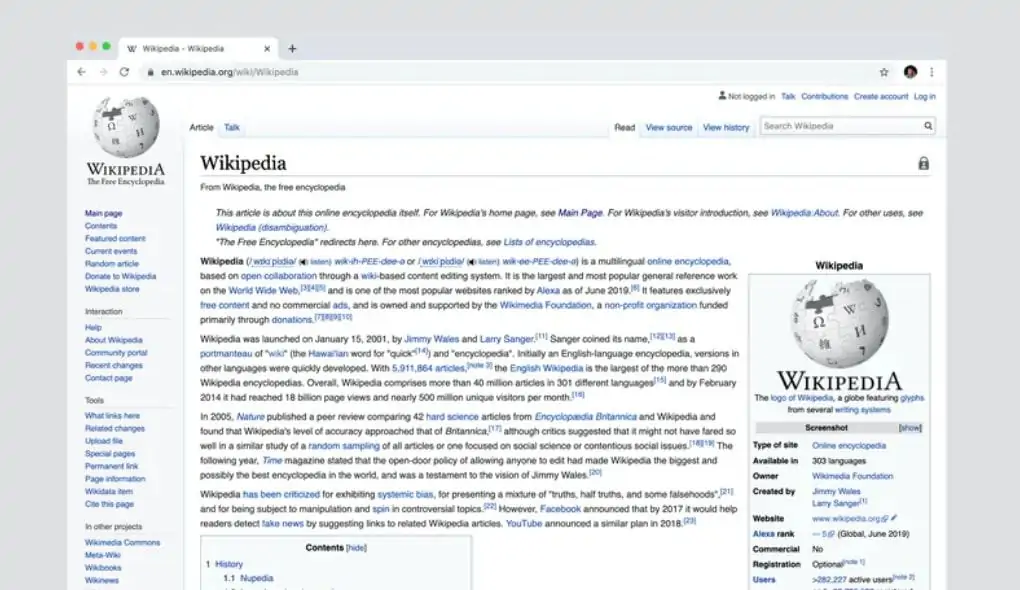79+ Staggering Plagiarism Statistics You Need To Know


Plagiarism is the silent enemy of writers, creators, academics, and teachers around the world.
Because of this, I have uncovered some of the most notable plagiarism statistics and facts in 2024 to shine a light on this prevalent issue amongst schools and universities.
Below, you will find a wide range of statistics, trends, and interesting notes about plagiarism and the extent of its spread in schools and colleges, about its global trends, and how it can be detected. Let’s get started!
Plagiarism Statistics 2024 (All you need to know!)

Key Plagiarism Statistics
The below key plagiarism statistics will give you a good overall picture of the state of plagiarism in 2024.
- Based on a 7-year research study by Donald McCabe of over 70,000 high school students, it was found that 64% confessed to cheating on a test, 58% confessed to plagiarizing content, and 95% admitted to some form of cheating
- A study by CollegeHumor found that from 30,000 college students, the percentage that cheated on their assignments was 60.8%, and 16.5% of them didn’t regret doing it
- A questionnaire used to collect information at the Rutger’s University about plagiarism revealed that 68% of students confessed to breaking the college’s anti-cheating rules
- 85% of college students feel that cheating and plagiarism are essential, and without it, they would not get good internships and jobs
- A U.S. News and World Report Survey showed that 90% of students didn’t think they would get caught for plagiarism
- The phenomenon of ‘fake term papers’ has recently grown by 30% and has already affected about 15% students
- It is possible that 1 in 7 graduates recently hired ghostwriters to complete their assignments
- According to estimates, around 31 million students in the world have been involved in plagiarism
- A study of 1,800 college students by Donald McCabe revealed that 84% cheated on written assignments and 52% copied pages to cover more papers
- 13% of students were unsure and 9% didn’t even consider it plagiarism when asked whether buying pre-written papers on online is cheating
Growth Of Plagiarism In Education & The Workforce

Plagiarism has been growing in size consistently all around the world. For a more in-depth look, these alarming statistics that show the immense growth and scale of it.
- Based on a study conducted by researchers Townley and Parsell, attitudes of children towards copying assignments from the internet were quite nonchalant
- The internet has provided a ‘wealth of information that can be plagiarized’ according to Wendy Sutherland-Smith
- Almost 50,000 students were found to be cheating in the 3 previous years by a Times investigation in 2015
- The Gallup Organization has reported that the top 2 problems in the US were education and decline in ethics
- Governments and universities are ferociously trying to crack down on essay-mill websites
- Much of the data on cheating doesn’t really differentiate between those who have done poor referencing and those who have actively and knowingly cheated
- The Quality Assurance Agency of the UK found that there are over 100 essay-mill websites operating
- A Ph.D. dissertation can cost up to £6,750 when outsourced through an essay-mill site
- Many students in the UK graduate with a debt of around £50,000 and so they feel the pressure to get the highest grades by getting someone else to write their essays
- The pressure to outsource assignments to others is also created by so many students having to work part-time to support their own expenses
- Serious instances of plagiarism can actually lead to the expulsion of a student from the university
High School/Primary School Plagiarism Statistics

Plagiarism has already started by the time children get into primary school and make their way towards high school. Here are some plagiarism statistics that shed some light on this issue.
- Based on a survey of 43,000 high school students conducted by the Josephson Institute Center for Youth Ethics, 59% accepted that they cheated on a previous exam
- 34% of students from the same survey said that they have cheated more than twice
- Every 1 out of 3 students confessed to plagiarizing entire assignments from the internet
- In another survey of 24,000 students across 70 high schools by Donald McCabe, it was observed that 64% of students accepted that they cheated on a test
- 58% of the same students admitted to plagiarizing in any form
- A whopping 95% of the students said they had been involved in cheating in some way
- 95% in a survey of 3,600 students by David Wangaard and Jason Stephens said they had cheated in the previous year
- In the same group, 57% agreed to the statement that “it is morally wrong to cheat”
- Eric M. Anderman surveyed a group of 400 high-school students and most of them agreed that it is permissible to cheat if they don’t like a class much
- A study by Lindale High School which surveyed 205 students showed that 85.9% had seen someone else cheating for sure
Teachers use Grammarly to check for plagiarism in questionable assignments.
College/University Plagiarism Statistics

The biggest proportion of worldwide plagiarism comes from undergraduates and postgraduates studying in colleges and universities. Read the following statistics to see why that is the case.
- Universities in the UK have found themselves steeped inside a ‘plagiarism epidemic’
- The biggest proportion of plagiarism came from international (non-EU) students
- Based on a 3-year survey of 63,700 undergraduate and 9,250 graduate students in the US, it was found that 36% of the group admitted to copying sentences from the internet without referencing it
- In the same survey as above, 38% admitted to copying from a written source without referencing it
- 14% admitted to writing false and fabricated bibliography records
- 7% reported that they copied verbatim from written sources without any references
- Another 7% admitted to submitting work completed by someone else
- 3% said that they got their term paper written through outsourcing
- Most students enter university without having any grip at all on proper research, writing, and referencing practices
- Essay-mill sites make students think as if they are not plagiarizing or cheating in their assignments
Plagiarized Website Statistics

Plagiarism is not just limited to schools and colleges, it has also found a comfortable home on the internet with content getting copied from one webpage to another. Take a look at these alarming statistics that highlight this.
- 1.5 billion out of the 5.1+ billion (30%) web pages in the world have similar or duplicated content
- Raven Tools’ study concluded that duplicate content on the internet can be found on 29% of the websites
- The number of posts getting copied and plagiarized every day on social media platforms like Facebook, Instagram, and Twitter exceed several million
- Posts that get copied include quotes, tweets, videos, memes, images, blog posts, and much more
- If you are an online publisher or blogger and even accidentally plagiarize the work of someone else, you will very quickly lose the trust of your readership
- Google penalizes websites on its search engine that have duplicate content
- If someone copies content from your website and puts it up on theirs, there is a possibility that theirs will get indexed and yours will not
- According to Copyscape, the ‘global epidemic of content theft violates people’s rights and discourages the creation of new web content’
- YouTube will immediately take down your video if you include a copyrighted sound or video clip belonging to someone else in it
- A lot of people get called out frequently on social media platforms for excessively and brazenly plagiarizing the work of others
Use Grammarly to check if your work has been plagiarized
Global Trends Of Plagiarism

The massive worldwide adoption of eLearning has led to a host of new challenges and future trends surrounding the issue of plagiarism. Let’s take a look at these.
- According to Turnitin, the increase in the adoption of online learning by more and more schools means cases of academic dishonesty and cheating are also going to rise greatly
- Third parties are increasingly leveraging the persuasive powers of social media to lure in anxious students who want good grades and convince them to outsource their assignments
- With the development of highly accurate AI tools, there is the increasing likelihood of students submitting essays written by AI-assisted software
- Students can take the assignments of others and use scrambling software to make it pass through a plagiarism detector easily
- More and more source code is going to be stolen and copied without permission and credit from websites like GitHub
- Students can use spyware that takes screenshots of on-screen tests and allows them to check the answers easily before submitting everything
- Third-party tutors have begun to get employed who help students answer the questions in examinations
- Because education has shifted online, it has also become easy to impersonate someone else and appear for a test or course on the behalf of another person
- Collusion is also very much possible – students gathering together to give a test or exam that is supposed to be given individually
- Detrimental practices such as requiring students to memorize passages still exist and this will continue to push students to cheat and copy assignments
How To Detect Plagiarism
We have seen how pervasive the problem of plagiarism is and how it permeates inside every high school and college all around the world. Now, it is time to look at how it can be detected and caught at the right time. Let’s dive right in!
- Look out for warning signs such as awkward and strange-sounding phrases, incorrect and fabricated references, and weird sentence structures
- Take phrases that look out of place in the text while reading and put them in the search engine – you will find out very soon if the phrase is original or copied
- If you suspect that a student has cheated, sit with them in a conference call and discuss the paper’s contents with them to gauge whether they understand it properly
- Use freely available (or sometimes paid) online plagiarism detecting tools like Grammarly, Turnitin, SafeAssign, Glatt Plagiarism Services, and EVE
- Keep an eye out for essay-mill websites such as Essay World and EssayBoy and figure out strategies to prevent plagiarism
- If the paper seems like it was written some time ago and misses key current events, there is a chance it was written by someone else
- If you can see a web address printed somewhere in the document, double-check where that address leads you to
- Make sure all teachers and professors follow the same standard and method for plagiarism checks
- Check the formatting of the references and look for inconsistencies and abnormalities
- Select unique topics for the assignments so that students are unable to find similar topics on the internet
To learn more, you can also see my other posts on online learning statistics.
I also have online proofreading and copywriting course reviews you may be interested in as well.
This post was proofread by Grammarly
References:
- https://www.theguardian.com/education/2017/oct/09/universities-urged-to-block-essay-mill-sites-in-plagiarism-crackdown
- https://www.theguardian.com/education/2017/dec/30/is-plagiarism-really-a-growing-problem-in-universities
- http://www.independent.co.uk/student/news/uk-universities-plagiarism-epidemic-almost-50-000-students-caught-cheating-over-last-3-years-a6796021.html
- https://unicheck.com/blog/academic-cheating-statistics
- https://www.plagiarism.org/article/plagiarism-facts-and-stats#:~:text=In%20a%20survey%20of%2024%2C000,test%2C%20plagiarism%20or%20copying%20homework.
- https://www.easybib.com/guides/10-facts-about-students-and-plagiarism/
- https://www.citationmachine.net/resources/10-things-you-didnt-know-about-plagiarism/
- https://www.checkforplagiarism.net/cyber-plagiarism#:~:text=Global%20Plagiarism%20Statistics%3A&text=A%20survey%20by%20the%20Psychological,have%20never%20been%20appropriately%20disciplined.
- https://www.semrush.com/blog/plagiarism-are-content-shortcuts-sabotaging-your-seo/
- https://www.turnitin.com/blog/what-are-the-new-and-emerging-plagiarism-trends
- https://www.wikihow.com/Detect-Plagiarism
- https://cmsw.mit.edu/writing-and-communication-center/resources/teachers/detect-plagiarism/#:~:text=One%20technique%20to%20detect%20plagiarism,if%20a%20match%20is%20found.
